5Japanese Pagoda tree
Sophora japonica
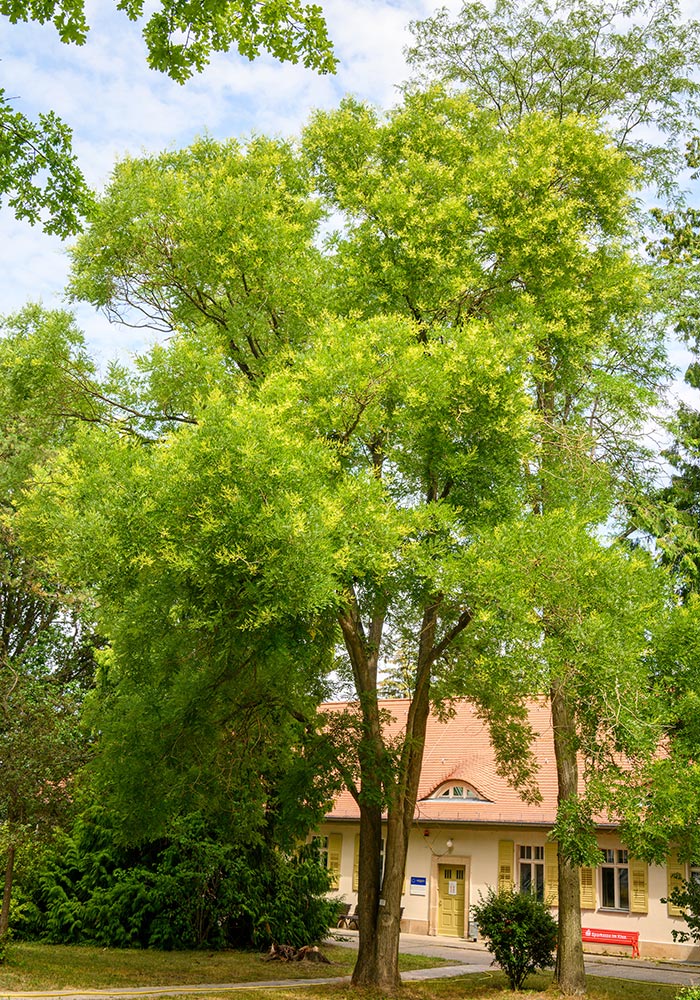
Tree five is located in front of the Life Science Learning Lab. This is a Japanese Pagoda tree, botanical name Sophora japonica, of the legume family or Fabaceae and the butterfly or Faboideae subfamily.
Other names include the honey tree, Japanese pearl cord tree, or pagoda tree. The name cord or pearl cord tree comes from its pulses, up to eight centimeters long, each containing one to six seeds in a pearl cord-like fashion. The name honey tree refers to the fact that the late bloom provides insects with an important food source in the summer. The Japanese pagoda tree refers to its region of origin, which stretches from Japan through Korea to China. It has also been cultivated as an ornamental shrub in parks in Europe.
The Japanese Pagoda tree is a deciduous tree that reaches up to 30 meters in height; it has gray-brown bark and a broad, round crown. It likes warmth, but is usually hardy in the face of frost. It prefers dry, rather alkaline, sandy and nutrient-rich soil and sunny locations. Its leaves are about five centimeters long, dark green and shiny on top. They turn bright yellow in autumn and remain on the tree for a long time. This creates a beautiful picture, which is why it is often planted in parks.
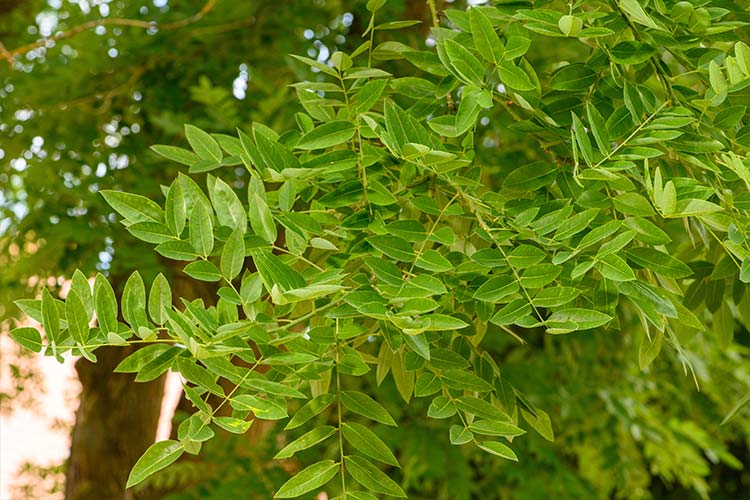
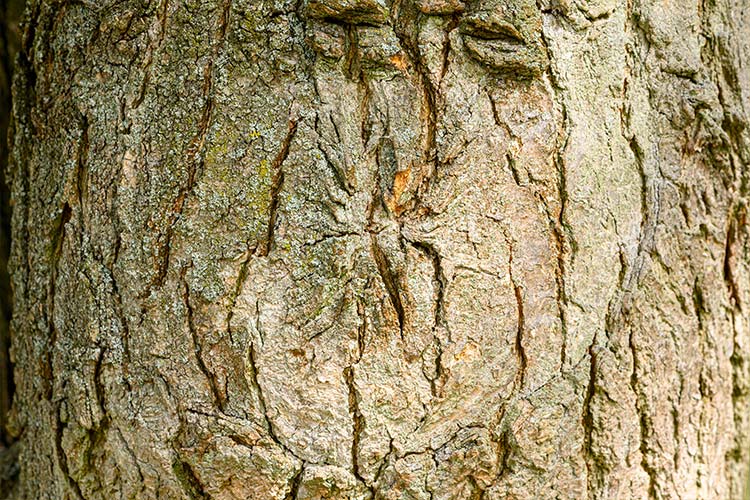
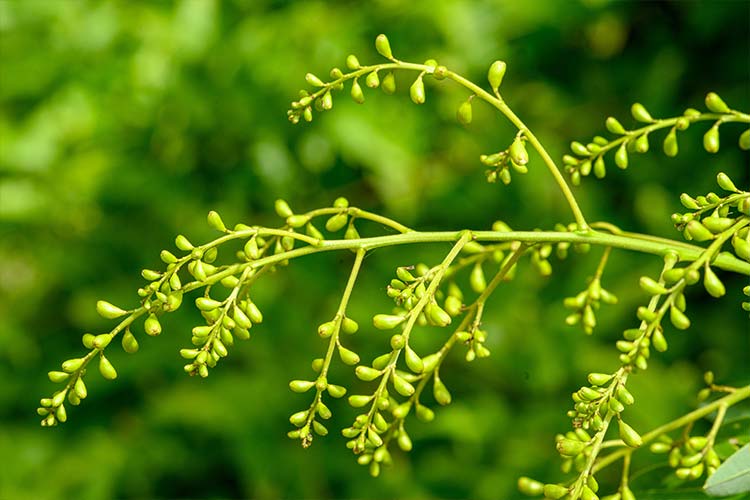
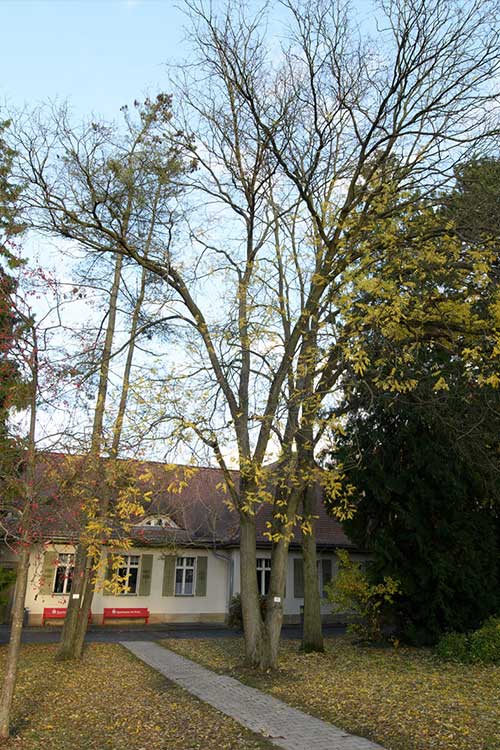
The flowering period lasts from July to September. Then white or white-yellow flowers up to 1.5 centimeters long form in panicles up to 30 centimeters long. From August to October, glabrous pulses emerge from them, each about 5 to 8 centimeters long. They taste sour, which is why the tree is also called a sour pod tree.
In Chinese cuisine, the flowers of the Japanese Pagoda tree are mixed with eggs and flour to make omelets. In traditional Chinese medicine, fresh as well as dried blossoms are also brewed as tea. Among other things, the flowers are said to have anti-hypertensive and anti-inflammatory effects.
All of the parts of the plant except the flowers are highly toxic. They contain cytisine, which has effects similar to nicotine, and so-called toxalbumins, which deactivate ribosomes and thus act as powerful cell poisons. Consumption of the fruit peel and other parts of the plant such as bark and seeds of the Japanese Pagoda tree can cause nausea, vomiting, cramping stomach pain and diarrhea. Furthermore, paralysis may occur, along with a decrease in blood sugar levels and in quantities of red blood cells. The consumption of larger quantities can be fatal.
Over 150 chemical substances have been isolated from parts of the Japanese Pagoda tree, including flavonoids, isoflavonoids, triterpenes, alkaloids, polysaccharides, amino acids, and other substances. Some of these are said to have anti-inflammatory, antibacterial, antiviral, antioxidant, and antitumor effects.